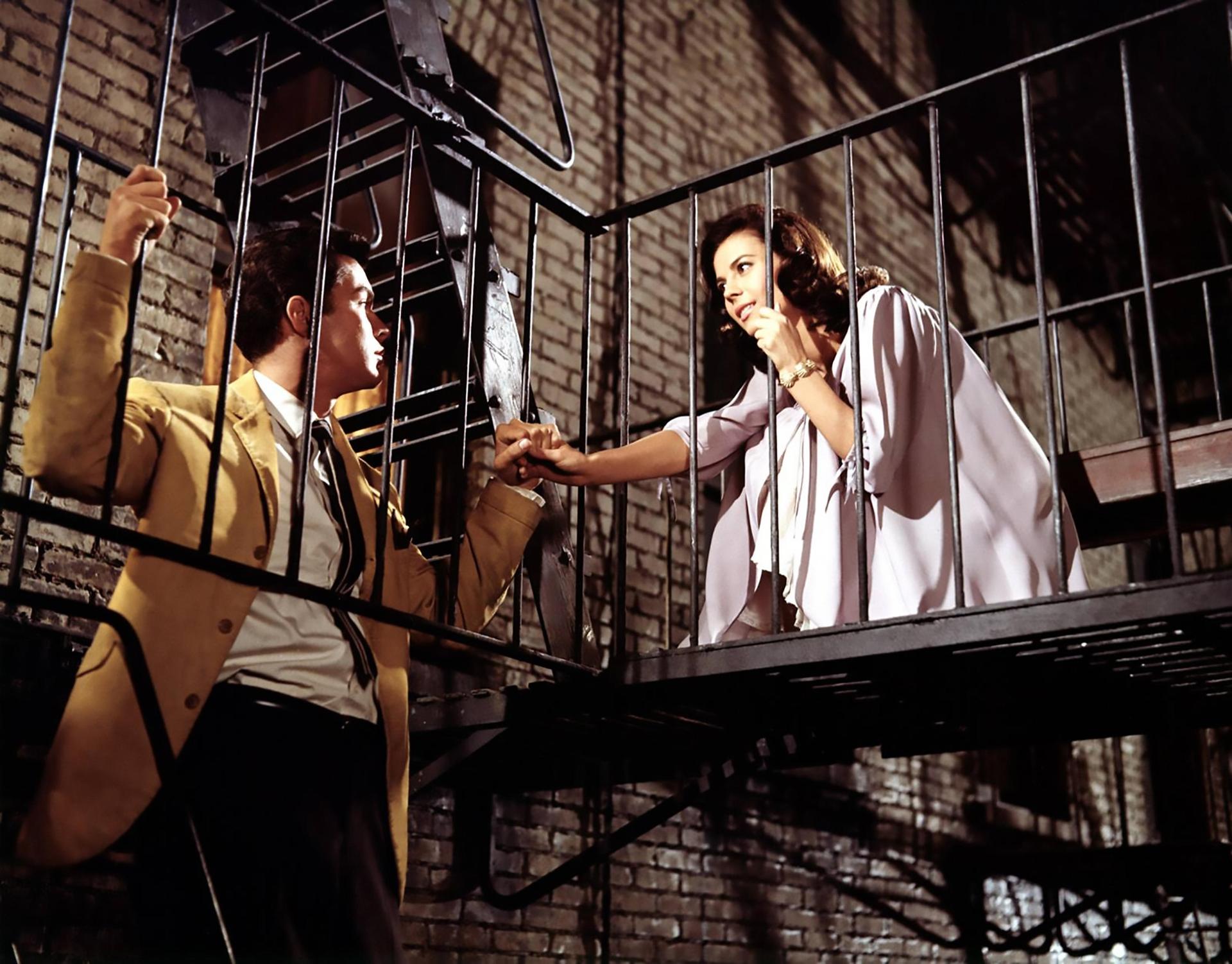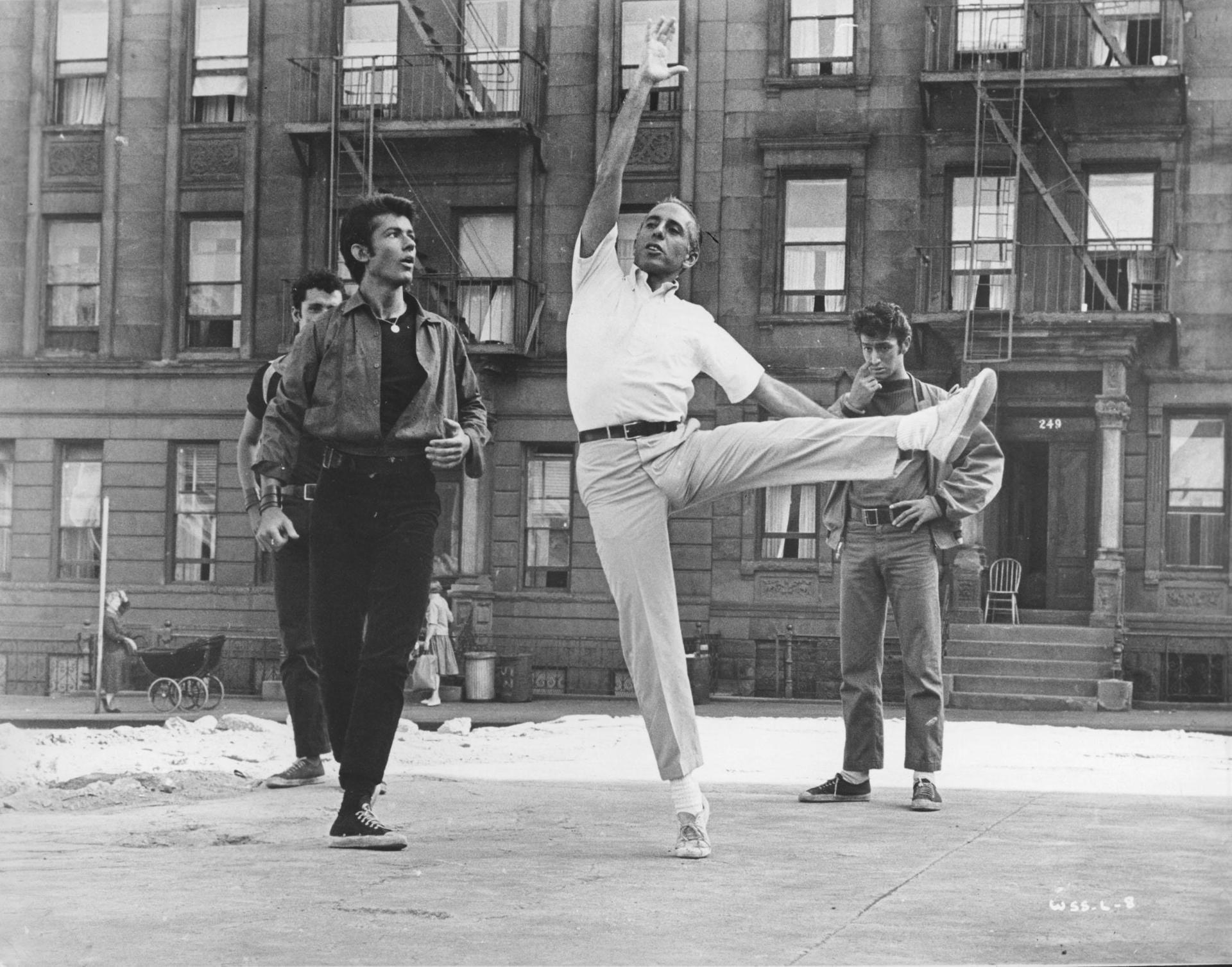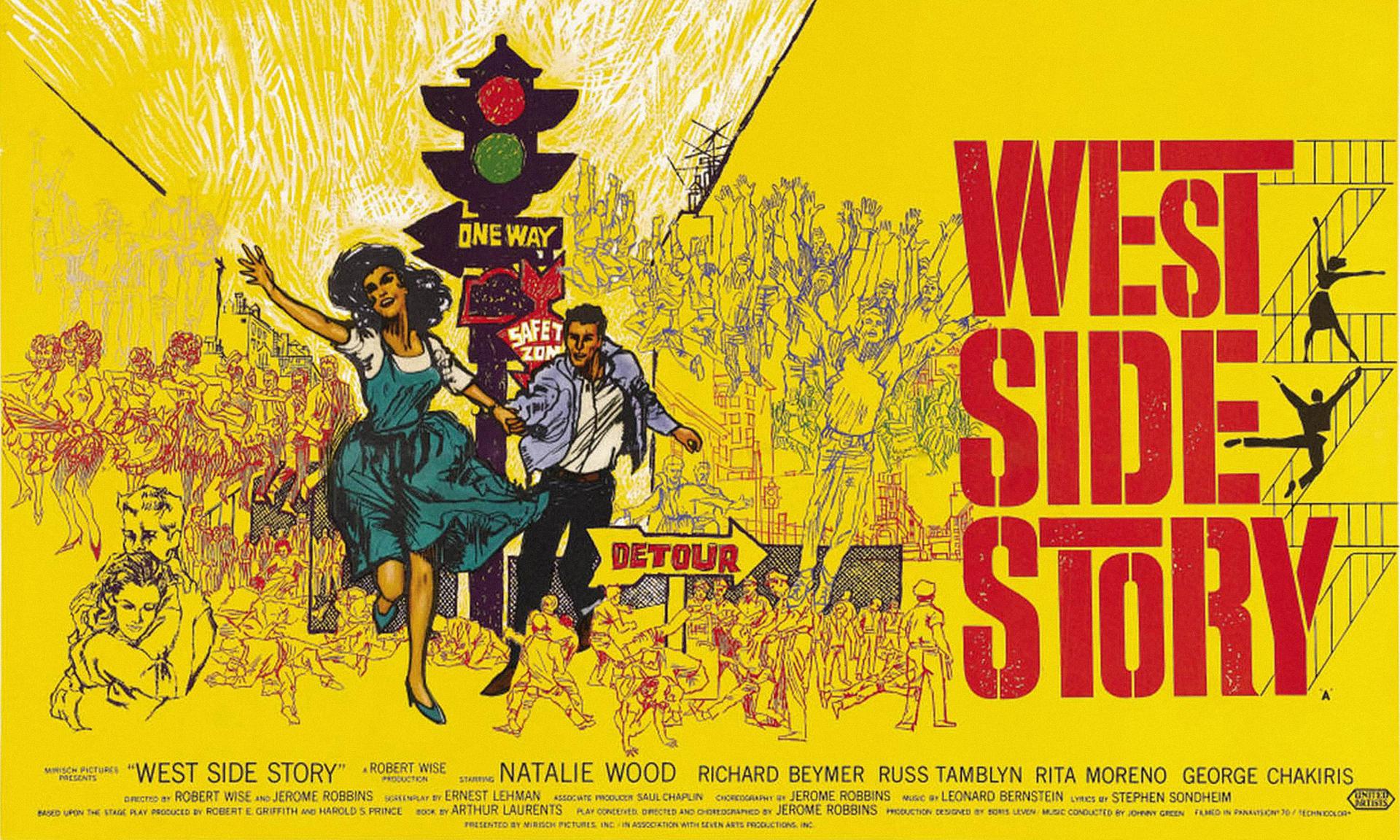New York Icons: ‘West Side Story’
A 1961 movie poster for “West Side Story.”
“West Side Story,” the tragic musical about star-crossed lovers from two rival gangs, was a hit on Broadway in the 1950s and then exploded across the country when it came to the silver screen.

At the time, New York City’s demographics and landscape were rapidly changing, and choreographer Jerome Robbins, composer Leonard Bernstein, author Arthur Laurents and lyricist Stephen Sondheim wanted an updated “Romeo and Juliet” that wrestled with what that meant. Who could belong in this new America?
But over 60 years later, many Puerto Ricans see “West Side Story” as an albatross. They say even though it has nothing to do with their actual experience, it’s still the outdated lens through which many white, mainland Americans see them. Broadway legend Chita Rivera and Broadway director and choreographer Grover Dale reflect on the production’s early days. And producer and author Jack Viertel reveals how “West Side Story” up-ended expectations for musicals, which previously had been strictly upbeat.

Studio 360’s New York Icons series is made possible by a grant from the Booth Ferris Foundation.
This podcast was mixed by Wayne Shulmistern.
Thank you to the following for their time and assistance: Barbara Bengels, Grover Dale, Julia L. Foulkes, the Kennedy Center, Yasmeen Khan, Andy Lanset, Nora Lyons, Frances Negrón-Muntaner, Urayoán Noel, Chita Rivera, Bobby Sanabria, Smithsonian Folkways, Jack Viertel, Joe Curcio and Danny Lewis.
